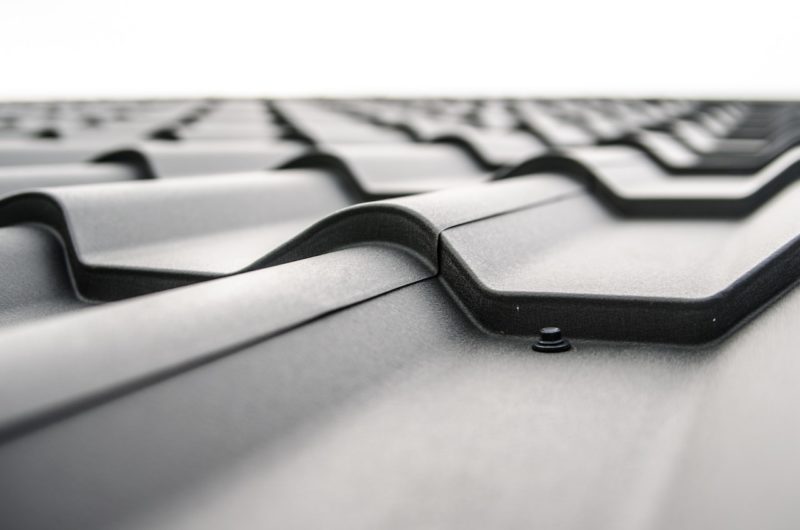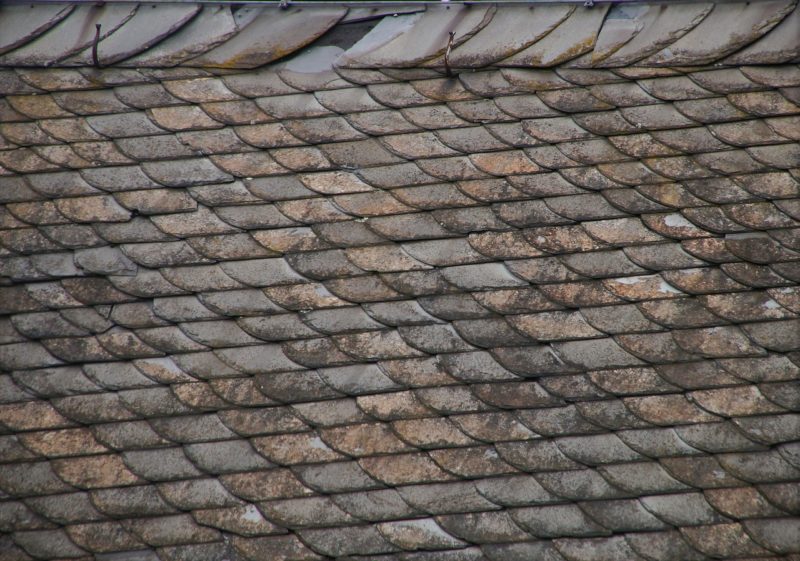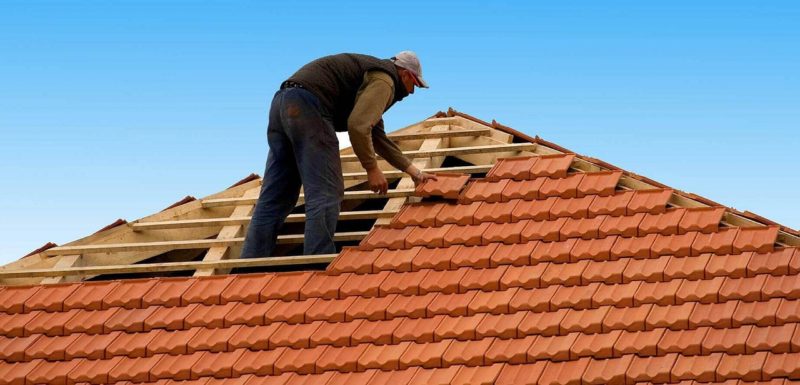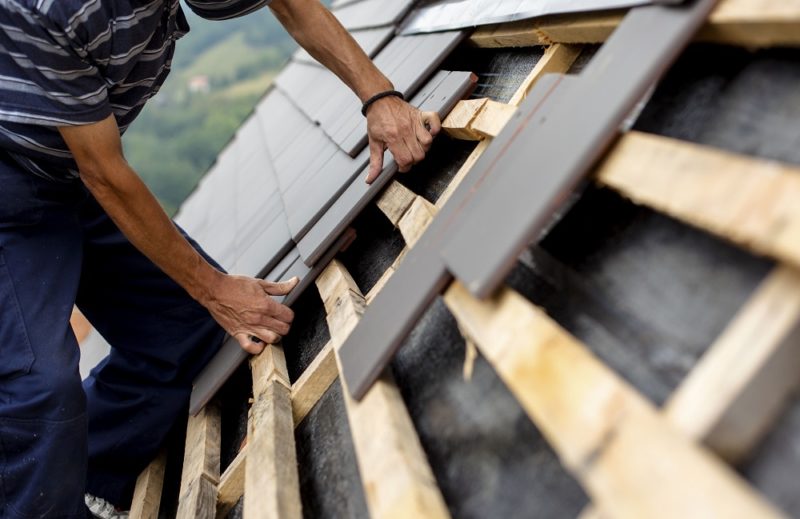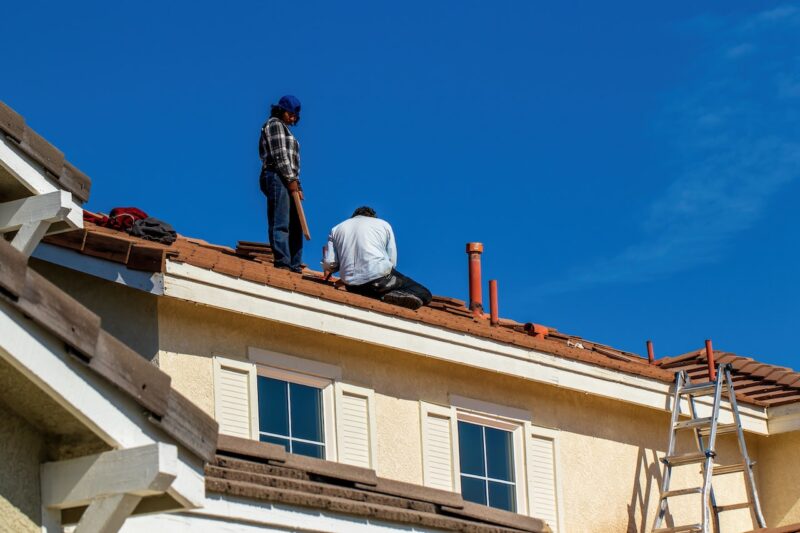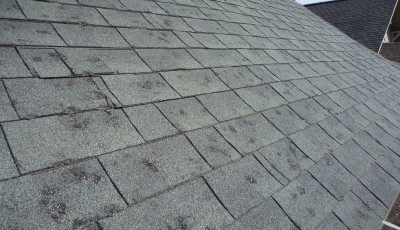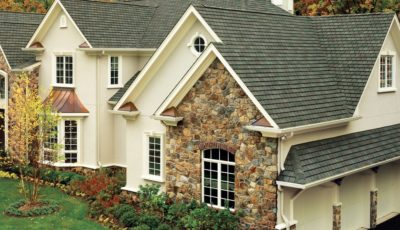Different Types of Roofing Materials: Pros, Cons, and Considerations
Your roof is not only essential for protecting your home but also plays a significant role in its overall appearance and energy efficiency. If you’re planning a major roof overhaul and need to learn more about different types of roofing materials, read on. We’ll talk about the available roofing material options, their advantages and disadvantages, and provide some valuable insights to help you make the right decision for your home.
Types of Roofing Materials
1. Asphalt Shingles
Let’s begin with asphalt shingles, which are extremely popular because of their low cost, versatility, and ease of installation. They come in a range of colors and styles, so there’s really plenty of choice with this material.
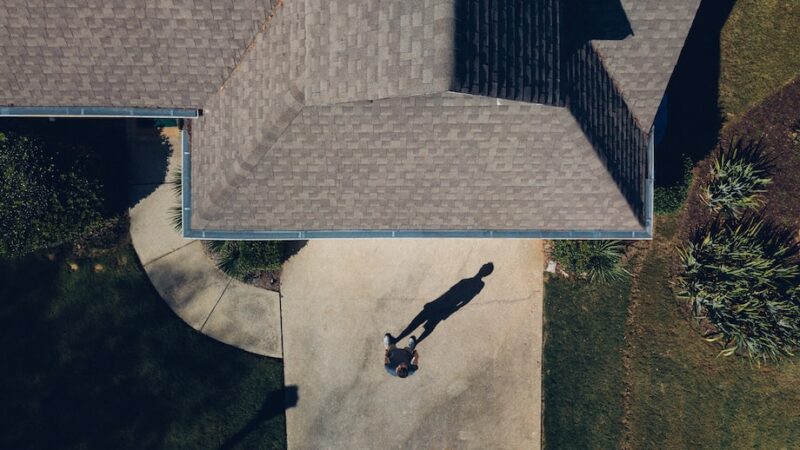
The downside is that they may have a shorter lifespan than other materials and are susceptible to damage from extreme weather conditions. On the plus side, they require little upkeep.
2. Wood Shingles and Shakes
If you’re after a natural and aesthetically pleasing option, consider wood shingles and shakes. They have good insulation properties, which can contribute to energy efficiency. With proper maintenance, wood roofs can last for many years. Unfortunately, though, they come with a higher cost compared to other materials, and you’ll need to be mindful of fire, rot, and insect damage. Regular maintenance is key to ensure their longevity.
3. Metal Roofing
Because of its durability and long lifespan, metal roofing has become enormously popular. When properly installed, metal roofs can last for several decades. They’re also great for energy efficiency since they reflect sunlight and reduce cooling costs.
Keep in mind that metal roofs can be more expensive initially, and you’ll need to hire a dedicated metal roofing company to ensure your metal roof is installed properly. Lastly, the sound of raindrops or hail hitting the metal surface can be quite loud, so that’s something you’d want to take into account if you don’t like the noise and live in a rainy area.
4. Slate Roofing
Slate roofing is known for its exceptional durability and elegant appearance. Slate roofs are fire-resistant and require minimal maintenance.
However, they do come with a higher price tag, and their weight may require additional structural support. But with a lifespan of over a century, a slate roof can be a good long-term investment. It’s generally recommended to have a professional handle the installation to ensure everything is done correctly.
5. Clay and Concrete Tiles
Clay and concrete tiles are popular in warm climates because of their excellent heat resistance. They are highly durable and they typically last for several decades. These tiles require low maintenance and are fireproof.
They can be quite heavy, so you might need additional structural reinforcement if you opt for them. Professional installation is crucial to prevent cracking and ensure proper placement.
Considerations for Choosing Roofing Materials
Now, let’s go over some important considerations for choosing a roofing material.
Climate and Weather Conditions
Your local climate plays a big role in determining the best roofing material for your home. Consider factors such as rain, snow, wind, and temperature fluctuations. If you live in an area with heavy rainfall or frequent snowfall, you’ll want a material that can handle water resistance and the weight of accumulated snow. Similarly, if you live in an area prone to high winds or cold temperatures, you’ll need a material that can resist those conditions.
Energy Efficiency and Insulation Needs
Energy efficiency is becoming increasingly important, and your roof can contribute to that. Evaluate the insulation properties and energy efficiency ratings of different materials. Some materials, like metal roofs with reflective coatings, can help reduce cooling costs during hot summers. Good insulation can also help retain heat during colder months, potentially lowering heating expenses.
Aesthetics and Architectural Style
Consider the architectural style of your home and the overall aesthetics you’re aiming for. Different roofing materials tend to complement certain architectural styles better. Asphalt shingles are versatile and work well with various styles, while slate roofing offers a timeless elegance that suits classic or historic homes. Choosing a material that harmonizes with your home’s aesthetics enhances its visual appeal.
Long-Term Costs and Maintenance Requirements
While the upfront cost is important, it’s essential to consider long-term costs and maintenance requirements. Evaluate the longevity of different materials. Some, like slate or metal, last for a very long time, resulting in potential cost savings over time. Additionally, think about the maintenance needs of each material. Some require regular inspections and cleaning, while others are more low-maintenance. Consider all these factors to ensure that your pick is compatible with your budget and capacity to maintain your roof.
Final Thoughts
Choosing the right roofing material is a significant decision. By understanding the pros, cons, and considerations associated with different types of roofing materials, you can make an informed choice that meets your needs and priorities. Don’t hesitate to consult with roofing professionals who can provide valuable guidance based on your specific circumstances. With careful consideration and expert advice, you’ll have a roof that not only protects your home but also enhances its beauty and efficiency for years to come.


